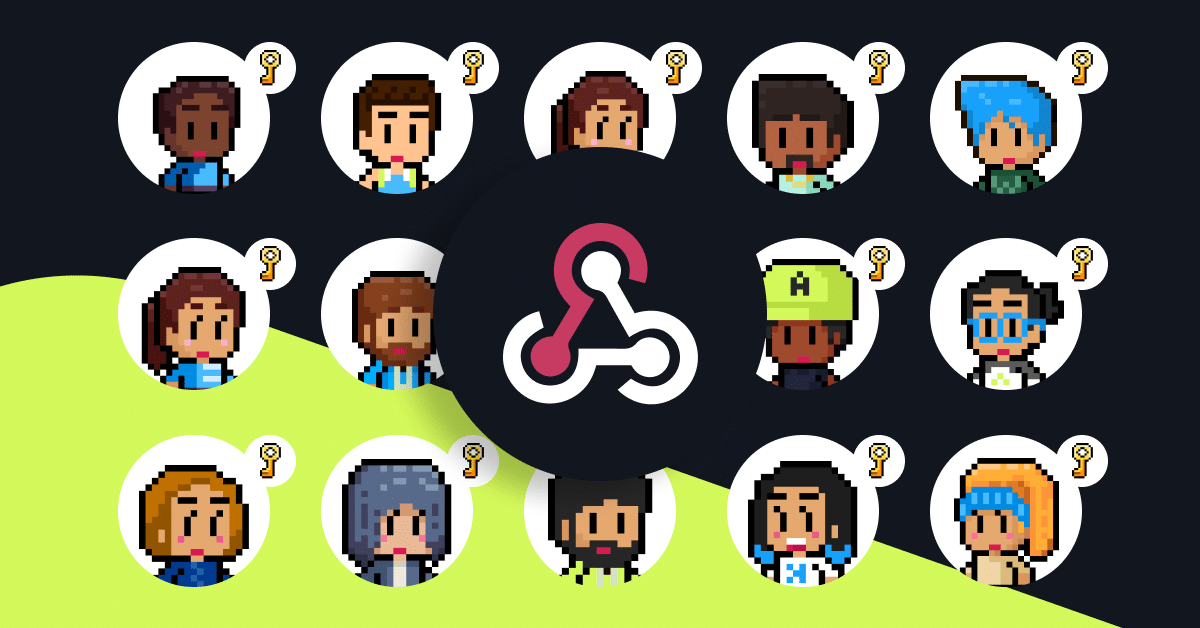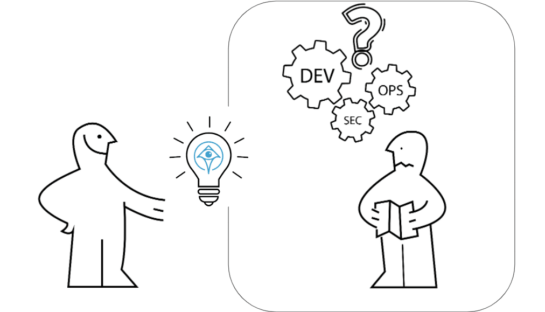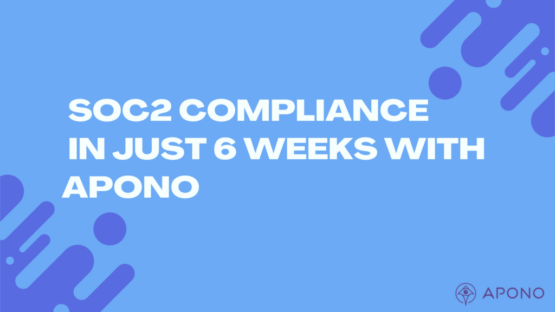Using Webhooks with your Privileged Access Management Tool

Rom Carmel
February 25, 2024

Table of Contents
Organizations often use multiple applications to perform business. For example, a tech team might find that Jira works well for managing tasks and a support team might find they prefer PagerDuty to handle support tickets. However, handling several applications and the data within them can be challenging. This is where webhooks step in as a middleware to connect individual applications, so they can work together and share information among themselves, often in real time or near-real time.
What is a webhook?
Apps use webhooks to communicate events automatically between each other. Unlike an API, webhooks do not require the admin to manually submit a request when new information is needed. Instead a webhook automatically broadcasts information to third-party systems, which can then be used to make event-driven decisions. Apps use webhooks to communicate events automatically between each other.
They allow for real-time notifications and seamless integration with other systems. By leveraging webhooks, organizations can automate workflows, enhance security incident response, and gain better visibility into privileged access activities. With the ability to trigger events and send data to external applications, webhooks enable organizations to effectively manage privileged access across their entire IT infrastructure.
In this article, we will explore the benefits of using webhooks, discuss how they can be implemented, and highlight real-world use cases. Discover how to bolster your organization’s security posture and streamline your privileged access management (PAM) processes.
Understanding the importance of webhooks in your privileged access management tool
Webhooks play a crucial role in privileged access management by enabling real-time notifications and seamless integration with other systems. Unlike traditional APIs, which require polling for updates, webhooks allow for event-driven communication. This means that instead of constantly checking for updates, applications can receive instant notifications whenever a specific event occurs.
Webhooks also provide a seamless integration between PAM solutions and other systems, such as SIEM (Security Information and Event Management) platforms or ticketing systems. By sending data to these external applications, organizations can automate workflows and streamline their incident response processes. This integration ensures that the right stakeholders are notified promptly and enables a more efficient and coordinated response to security incidents.
How webhooks work in a privileged access management tool
To understand how webhooks work in PAM, let’s take a closer look at the underlying process. When an event occurs within the PAM system, such as a privilege elevation or access request, a webhook is triggered. This webhook then sends a HTTP POST request to a pre-configured endpoint, which could be a URL of an external application or service.
The payload of the webhook usually contains relevant information about the event. This data allows the receiving application to process the event and take appropriate actions, such as generating an alert, updating a ticket, or initiating a workflow.
It’s important to note that webhooks are typically secured using authentication mechanisms, such as API keys or OAuth tokens. This ensures that only authorized applications can receive and process the webhooks, preventing unauthorized access to sensitive information.
Overall, webhooks provide a simple yet powerful mechanism for real-time communication and integration between PAM solutions and external systems, enabling organizations to effectively manage privileged access activities and enhance their security posture.
Benefits of using webhooks with your privileged access management tool
Using webhooks offers several benefits that can significantly improve an organization’s security posture and operational efficiency. Here are some key advantages:
- Real-time notifications: Webhooks enable instant notifications about privileged access events, allowing security teams to respond quickly to potential threats and mitigate risks in real-time. This proactive approach helps prevent security breaches and minimizes the impact of any unauthorized access.
- Seamless integration: With webhooks, PAM solutions can easily integrate with other systems, such as SIEM platforms or ticketing systems. This integration automates workflows and streamlines incident response processes, ensuring that the right stakeholders are notified promptly and enabling a coordinated response to security incidents.
- Enhanced visibility: By leveraging webhooks, organizations gain better visibility into privileged access activities across their entire IT infrastructure. Real-time notifications provide valuable insights into who is accessing sensitive systems and resources, helping identify potential insider threats or unauthorized access attempts.
- Workflow automation: Webhooks allow organizations to automate various workflows associated with privileged access management. For example, when a privileged user requests access to a resource, a webhook can automatically trigger an approval process, reducing manual intervention and ensuring a consistent and auditable access control mechanism.
- Improved compliance: Webhooks can help organizations meet compliance requirements by providing an auditable trail of privileged access activities. Real-time notifications and integration with SIEM platforms enable organizations to generate comprehensive audit logs, which can be used for compliance reporting and incident investigation.
Common use cases
PAM webhooks can be applied to various use cases, depending on the specific needs and requirements of an organization. Here are some common use cases where webhooks can add value to your privileged access management processes:
- Real-time alerts: Webhooks can be used to trigger real-time alerts whenever a privileged user attempts to access a critical system or performs any suspicious activities. These alerts can be sent to security teams or incident response platforms, enabling quick action to prevent security breaches.
- Automated approval workflows: By using webhooks, organizations can automate approval workflows for privilege elevation requests. When a request is submitted, a webhook can trigger an approval process, notifying the appropriate stakeholders and ensuring a streamlined and auditable access control mechanism.
- SIEM integration: Webhooks enable seamless integration between PAM solutions and SIEM platforms. By sending privileged access events to the SIEM, organizations can generate comprehensive audit logs, correlate events with other security data, and detect potential insider threats or unauthorized access attempts.
- Ticketing system integration: Webhooks can be leveraged to integrate PAM solutions with ticketing systems. When a security incident occurs, a webhook can automatically generate a ticket, assign it to the appropriate team, and track its resolution. This integration ensures that security incidents are promptly addressed and well-documented.
- User activity monitoring: Webhooks can be used to monitor user activity and generate reports or alerts based on specific criteria. For example, organizations can set up webhooks to track privileged user logins from unusual locations or outside of business hours, helping detect potential unauthorized access attempts.
These are just a few examples of how organizations can leverage webhooks to enhance their security posture and streamline their privileged access management processes. The flexibility and real-time nature of webhooks make them a valuable tool in ensuring the integrity and security of sensitive systems and data.
Integrating PAM webhooks with other systems and applications
One of the key advantages of using webhooks in PAM is the ability to seamlessly integrate with other systems and applications. This integration enables organizations to automate workflows, enhance incident response processes, and streamline their privileged access management environment. Here are some examples of how webhooks can be integrated with other systems:
- SIEM platforms: By integrating PAM webhooks with SIEM platforms, organizations can consolidate privileged access events with other security data, gain better visibility into potential threats, and generate comprehensive audit logs for compliance reporting and incident investigation.
- Ticketing systems: Webhooks can be used to integrate PAM solutions with ticketing systems, such as Jira or ServiceNow. When a privileged access event occurs, a webhook can automatically generate a ticket, assign it to the appropriate team, and track its resolution, ensuring a streamlined incident response process.
- Incident response platforms: Webhooks can be utilized to integrate PAM solutions with incident response platforms, such as Cloudflare, Datadog and Logz.io. When a security incident related to privileged access occurs, a webhook can trigger an automated response, such as isolating the affected system or initiating a forensic investigation.
- Automation tools: PAM webhooks can be integrated with automation tools, such as Ansible or Jenkins, to automate privileged access-related tasks. For example, when a privileged user requests access to a resource, a webhook can trigger an Ansible playbook to provision the necessary access rights automatically.
- Cloud infrastructure: Organizations leveraging cloud infrastructure can integrate PAM webhooks with cloud-native services, such as AWS Lambda or Azure Functions. This integration allows organizations to trigger serverless functions based on privileged access events, enabling dynamic access management and security automation.
These are just a few examples of how PAM webhooks can be integrated with other systems and applications. The possibilities are endless, and organizations can tailor their integrations based on their specific needs and requirements.
Harnessing the power of webhooks for enhanced security and efficiency
In conclusion, webhooks have become an essential tool in privileged access management, enabling real-time notifications, seamless integration, and enhanced visibility into privileged access activities. By leveraging webhooks, organizations can automate workflows, enhance security incident response, and gain better control over their privileged access management processes.
Using webhooks, organizations can bolster their security posture, streamline their privileged access management tool processes, and stay one step ahead of evolving security threats.
Apono’s privileged access management tool
With Apono, you can automate Jira or Servicenow ticket creation, you can create or update events in security event management or log tools, such as Cloudflare, Datadog and Logz.io, and you can trigger customer notifications from your Salesforce or Hubspot, and more!
Apono’s flexible, intuitive webhooks infrastructure allows admins to set up a target URL, create the required headers, pick the authorization type the tool expects, pick triggers based on access request statuses, construct the body in JSON using Apono’s access request data and test the connection immediately.
Once set up, every time an access request is created or transitions between statuses, a webhook will be sent to the tool of your choice. It’s as simple as that!





